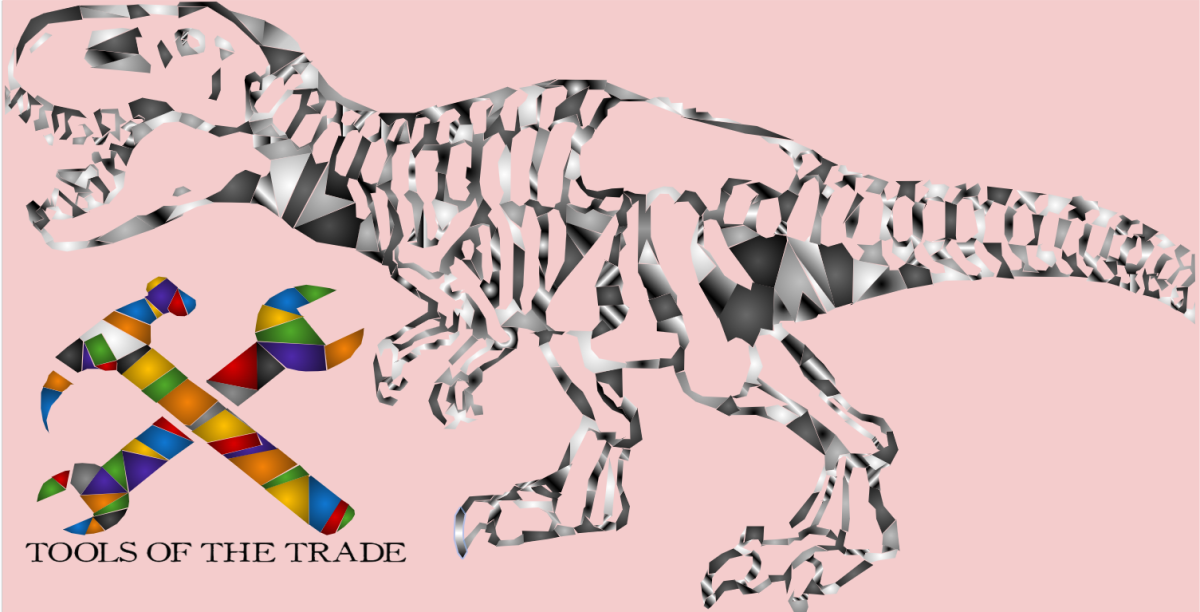Buried beneath hundreds of layers of ancient rock lies the secrets of a world predating all of humanity. Several hundred millennia ago, the Earth was a very different place from what it is today. These secrets will never truly be obtained until people are willing to dig them up. People will not dig it up until they have learned enough about it to desire more.
Museums and other educational institutions offer a sneak peek into what was once a land teeming with life completely unlike what they have in the modern world. From the infamous Tyrannosaurus Rex to the lesser-known Yutyrannus, there were hundreds, bordering on thousands of unique species with so much to learn about their lives and what they did for the 165 million years that they traveled the supercontinent Pangea.
Breaking down the science of early creatures can boil it down to a handful of specific topics, one of which is how these creatures survived, evolved, and thrived. Learning about the survival of ancient species can hold essential information as to how modern creatures survive as well, as they hold similarities. Take, for example, crocodiles and alligators. Their larger ancestors, the Deinosuchus, survived through their powerful jaws and stealthy surprises. If that strikes familiarity, that is because it matches perfectly with many of the crocodilian species living around the world today.
Another learning point for a Paleontology class is the well-known process of Natural Selection. Coined by the famous naturalist and geologist Charles Darwin, as well as fellow naturalist Alfred Russel Wallace, Natural Selection is a concept that claims that survival is dependent on adapting to the environment and passing on successful scenes to descendants, who would then further change again. This created the idea of Evolution.
Studying the process of evolution in early creatures and how it led to the animals of today can help people understand how life will further change in the future, creating new theories of how humanity can approach change as a whole. This view of such a topic can change the pursuit of advanced technology, which can revolutionize humanity as a whole, with time.
In addition to the prior topics, another feature of Paleontology that can be explored is the effects of fossilization. The 10,000-year-long process of turning skeletons into artifacts of prehistory rewards close inspection and extensive research. Aspects such as how amber preserves insects, or what kinds of rock hold the most well-preserved fossils can answer questions never asked before, learning that can benefit people looking to learn more about what the past was like.
Almost nothing provides such an effective and fun outlet to prehistoric learning than the science of what lies beneath the surface, that once walked the ground that modern humans walked. A Paleontology class would provide all that and more for aspiring historians and dinosaur fanatics alike.


